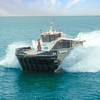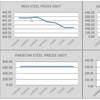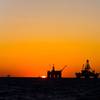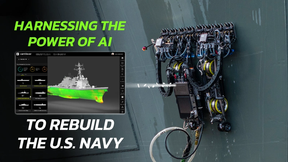Arctic May Turn Ice-Free by 2040
The Arctic Ocean could experience an ice-free summer at some time in the next 20 years, says a new study.
According to a new study in the AGU journal Geophysical Research Letters, the thawing is due to a combination of a natural warming phase, coupled with the effects of human-induced climate change.
A report in ScienceDaily said that computer models predict climate change will cause the Arctic to be nearly free of sea ice during the summer by the middle of this century, due to a natural, long-term warming phase in the tropical Pacific, in addition to the human-caused warming.
But a closer examination of long-term temperature cycles in the tropical Pacific points towards an ice-free Arctic in September, the month with the least sea ice, on the earlier side of forecasts.
Though multiple studies have predicted that the Arctic is trending towards an ice-free summer around the middle of the century, natural temperature fluctuations that occur within Earth's oceans, known as the Interdecadal Pacific Oscillation (IPO), make it hard to pin down exactly when it will occur.
“The trajectory is towards becoming ice-free in the summer but there is uncertainty as to when that’s going to occur,” said James Screen, an associate professor in climate science at the University of Exeter in the U.K. and the lead author of the new study.
Earth's oceans represent an incredibly dynamic environment, with shifts in temperature from day to day and month to month. Large-scale ocean processes, such as the IPO, can cause a relatively dramatic shift. The IPO occurs in the tropical Pacific, and goes through distinct cycles during which it shifts ocean temperature from warm to cold, and then from cold to warm.















